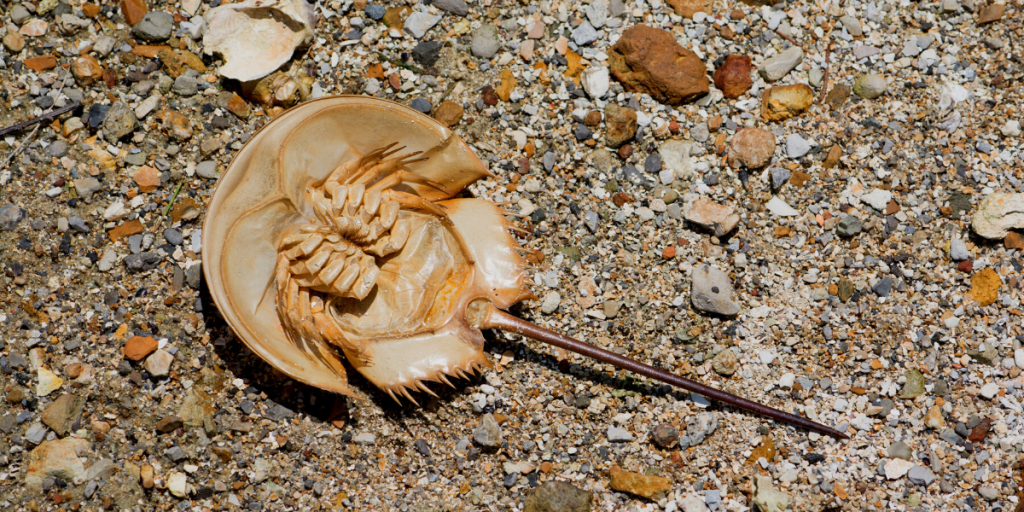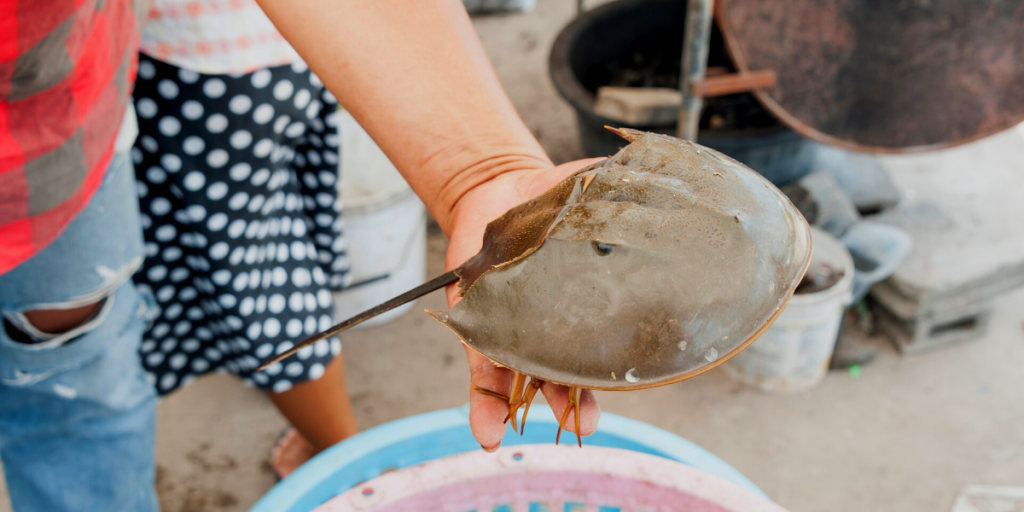Horseshoe crabs have been roaming the earth’s shallow coastal waters for more than 450 million years, making them older than dinosaurs. These fascinating arthropods have endured countless changes in the environment and survived various mass extinctions. However, they now face a new challenge that could threaten their very existence: the pharmaceutical industry’s relentless demand for their unique blue blood.
Horseshoe crabs’ blue blood contains LAL, which is crucial to detecting contamination in medical equipment and vaccines.
The Miracle of Blue Blood
Horseshoe crabs possess an extraordinary component in their blood called Limulus amebocyte lysate (LAL). LAL is used to detect bacterial endotoxins in medical equipment and vaccines. This helps ensure the safety of these life-saving tools. This compound is so effective at detecting contamination that it has become a crucial component of modern medicine.
Horseshoe crabs’ blue blood contains amebocytes, which play a role similar to our white blood cells. When these cells come into contact with endotoxins, they coagulate, trapping the harmful bacteria and preventing it from spreading. This invaluable characteristic of horseshoe crab blood has been saving human lives for decades.
Pharmaceutical Exploitation: A Growing Threat
The pharmaceutical industry’s reliance on horseshoe crabs has led to the large-scale harvesting of these ancient creatures. Their blood can be worth up to $60,000 per gallon! This process typically involves capturing them, draining up to a third of their blood, and then releasing them back into the wild.
While some studies suggest that the majority of horseshoe crabs survive this process, many are left weakened and disoriented, affecting their ability to reproduce and recover. Additionally, mortality rates can be as high as 30%, depending on various factors such as handling and transportation. This widespread exploitation is now taking a significant toll on horseshoe crab populations.
The decline in horseshoe crab populations has far-reaching implications for coastal ecosystems, as they play a vital role in the food chain.
This isn’t the first time vital species find their way into pharmaceuticals. Read: 5 Things You Need to Know About Squalene

Horseshoe Crabs and Their Impact on Ecosystems
The decline in horseshoe crab populations has far-reaching implications for coastal ecosystems. These creatures play a vital role in the food chain. Their eggs provide a crucial food source for migratory shorebirds. As a result, the dwindling numbers of horseshoe crabs have led to a decline in shorebird populations. One species declines and the delicate balance of a whole coastal ecosystem can be disrupted.
Scientists have developed a synthetic alternative to horseshoe crab blood, but the pharmaceutical industry has been slow to adopt it.
A Glimmer of Hope: Synthetic Alternatives
As concerns over the survival of horseshoe crabs grow, scientists have been working to develop synthetic alternatives to their blue blood. One such alternative is recombinant Factor C (rFC), a synthetic substitute derived from the genetic code of the horseshoe crab’s blood cells. The use of rFC can effectively reduce the demand for horseshoe crab blood. This would allow populations to recover and ease the pressure on their ecosystems.
However, the widespread adoption of rFC has been slow, partly due to regulatory hurdles and the reluctance of some companies to switch from a proven, traditional method. Increased awareness and advocacy can play a significant role in encouraging the pharmaceutical industry to embrace synthetic alternatives. Protecting horseshoe crabs and preserving the delicate balance of our planet’s ecosystems is our responsibility.
As we marvel at the ancient wonders of horseshoe crabs and the life-saving properties of their blue blood, we must also recognize the toll that our reliance on their blood is taking on their populations. The pharmaceutical industry’s exploitation of these resilient creatures is threatening their survival and disrupting ecosystems. By embracing synthetic alternatives like rFC and advocating for their adoption, we can help secure the future of horseshoe crabs and the countless species that depend on them.


